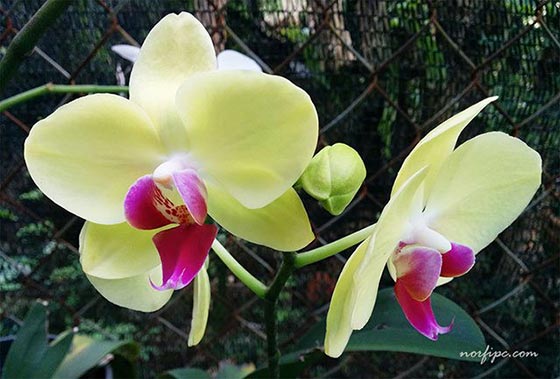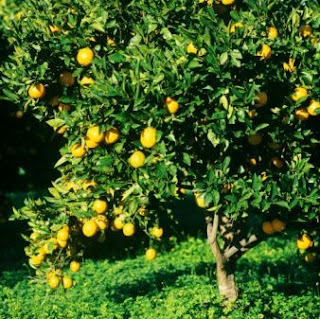PALM TREE
MAIN CHARACTERISTIC:
* Family monocots
* Woody plants
* Large sheets: pinnate and palm
* Flowers with three sepals and three petals
* Fleshy fruits: coconut and datiles
* The palms are in tropical regions and hot regions
PARTS OF MY PLANT:
* Roots
* Trunk
* Leaves
* Flower
~ Sepal
~Petal
*Stamen and carpel male part
* Fruit with flakes
Coconut Datiles
REPRODUCTION:
* The palms are male and female
* The flowers of palms are pollinated by insects: beetles, bees and flies.
FUNFACTS:
* There are over 2400 species
* The palms have economic value, culture and ecologial
* The palms serve as food, medicines and decorate
* The sap is fermented for develop honeys and wines of palm












